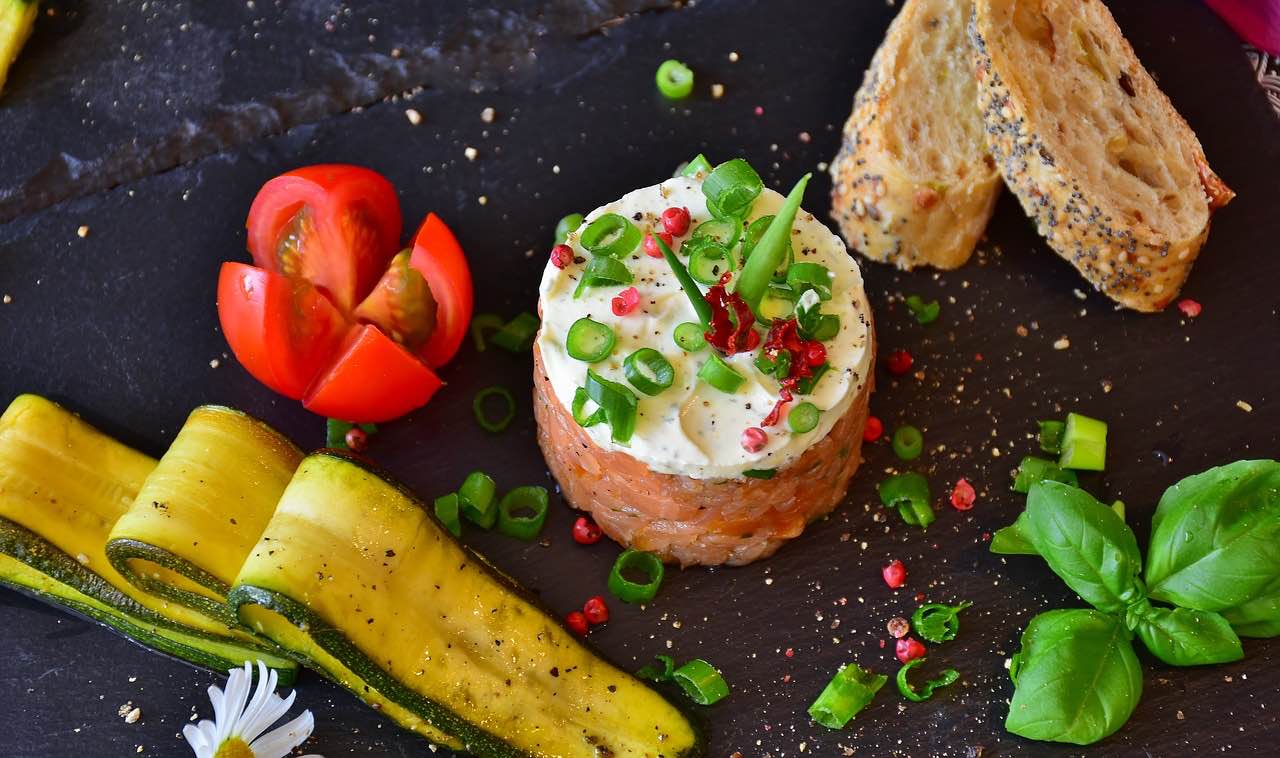While the raw food diet has been around for centuries, its popularity has been quite noteworthy in recent years. Known as “raw foodism,” followers of this diet believe in the health-related benefits of not consuming food which has been heated over 104–118°F (40–48°C). Some people are hesitant to try raw foodism out of fear that the food may lose its overall appeal and taste. Adventurous foodies worry that there are not enough raw food options available in the ethnic styles of food that they typically enjoy.
But in fact, there are many eclectic, culturally diverse dishes which offer robust flavours and quality nutrients while still adhering to the principles of raw foodism. Here, we explore three exciting options from around the globe.
Sushi (Japanese)
Many people associate raw foodism with veganism. In contrast, when looking at raw foodism around the world, there are actually plenty of options which include meat and fish. While meat and fish offer excellent sources of protein to raw foodies, they also integrate well with other popular diets, such as the paleo diet. A wonderful option is sushi, which continues to be a favourite for all foodies, raw and otherwise.
Sashimi is a Japanese dish made from bite-sized, thinly sliced pieces of raw fish. This dish makes an excellent appetizer and pairs well with wasabi paste, soy sauce, and other Asian-style sauces.
Beginning the meal with sashimi is always a great start, but no sushi meal would be complete without rolls. There is an abundance of uncooked sushi roll options which can cater to pescatarian, vegetarian, or vegan lifestyles. A classic combination is the tuna and avocado roll. And for vegetarians and vegans, look to vegetable rolls filled with fresh cucumber, carrot, avocado, sweet potato, and more.
Carpaccio (Italian)
Italian food has been long celebrated for its savoury flavours and family-style dining. While this cuisine may not instantly be associated with the raw food movement, there is actually a traditional Italian dish which meets all of the criteria: carpaccio.
Customarily prepared with meat or fish, carpaccio is thinly sliced or pounded thin and served as an appetizer. The protein is then drizzled with olive oil and/or lemon juice, which brings out the delectable flavours. To complete the dish, serve with capers and onions.
There are also ways for vegetarian and vegan foodies to enjoy carpaccio. Vegetable carpaccio can be prepared by slicing any vegetable razor thin. Artichoke and fennel work particularly well for this dish. For preparation and plating, proceed just as you would with meat and fish.
Tartare (French)
French food is often appreciated for its quality ingredients and unique flavours. Though bread is, of course, French favourite, this style of cuisine also includes many other dishes, including a wonderful delicacy which meets the criteria for raw foodism: tartare.
Steak tartare is crafted from raw ground meat and traditionally served with onions, capers, pepper, and Worcestershire sauce. The dish pairs well with a raw egg yolk and rye bread. Foodies appreciate steak tartare because it is bursting with flavour.
Though it is, in fact, raw meat, it is completely safe to eat. Chefs have a special process for submerging the beef in boiling salt water, followed by ice water to remove bacteria. This practice ensures that the steak tartare is fresh and delicious.
Pescatarians can also enjoy tartare in the form of tuna. This food pairs particularly well with soy flavours and citrus juices.
In Summary
Practising raw foodism does not mean that your diet has to be boring and free of flavour. Instead, those who follow this diet can enjoy plenty of wide-ranging dishes, including delicious foods with roots in Asia and Europe.








